



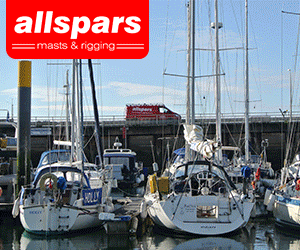



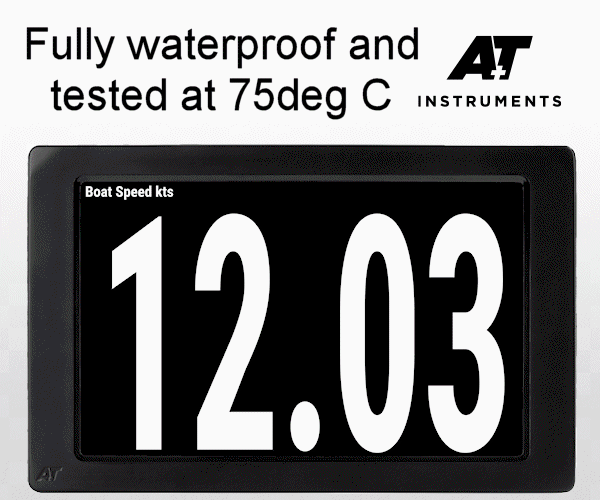
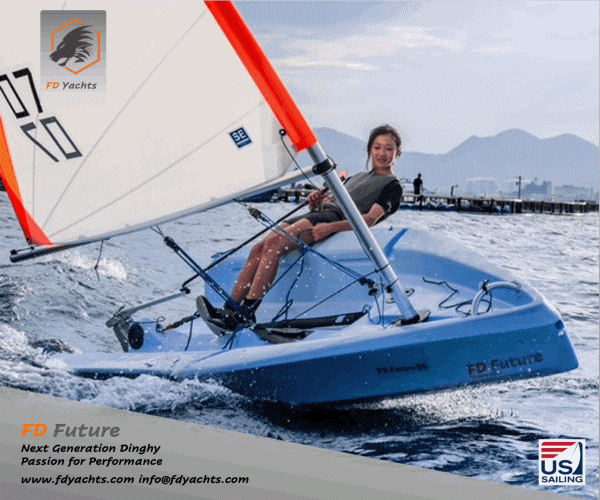

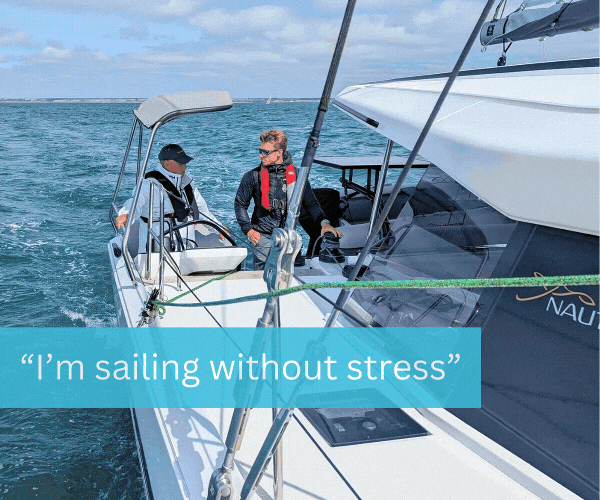
Boats for sale
| Rossiter Pintail Mortagne sur Gironde, near Bordeaux |
 |
| Laser 140101 Tynemouth |
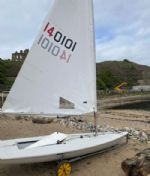 |
| Laser 28 - Excellent example of this great design Hamble le rice |
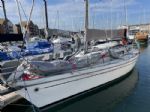 |
List classes of boat for sale |
Foam Weight |
Post Reply 
|
| Author | |
Guests 
Guest Group 
|
 Post Options Post Options
 Quote Quote  Reply Reply
 Topic: Foam Weight Topic: Foam WeightPosted: 18 Oct 13 at 1:08pm |
|
Hi,
I have been told that using a 120kg foam rather than 80kg results in less bruising and that it soaks up less resin so that the overall weight of the sanwich panel is about the same. Is that right? I'd have thought it was the skins that mostly prevent bruising? |
|
 |
|
alstorer 
Really should get out more 

Joined: 02 Aug 07 Location: Cambridge Online Status: Offline Posts: 2899 |
 Post Options Post Options
 Quote Quote  Reply Reply
 Posted: 18 Oct 13 at 1:37pm Posted: 18 Oct 13 at 1:37pm |
|
weight? You surely mean density...
bruising will be a combination of the two. A heavy skin on a light foam will be resistant, a light skin on a heavy foam may also be resistant.
as for resin soaking into foam, that's very, very dependent upon the chemistry and structure of the particular foam, the chemistry of the resin and the processing of the system.
|
|
|
-_
Al |
|
 |
|
JimC 
Really should get out more 

Joined: 17 May 04 Location: United Kingdom Online Status: Offline Posts: 6662 |
 Post Options Post Options
 Quote Quote  Reply Reply
 Posted: 18 Oct 13 at 2:00pm Posted: 18 Oct 13 at 2:00pm |
|
It depends on the build quality and everything else, but given decent technique I'd be rather surprised if a layp with an 80kgm3 core worked out the same weight as a 120kgm3 one... AIUI conventionally one fills the exposed bubbles on the surface of the foam with a lightweight filler rather than leave them to be filled with expensive and heavy epoxy.
Core density certainly has a big impact on how readily the hull dents. |
|
 |
|
Guests 
Guest Group 
|
 Post Options Post Options
 Quote Quote  Reply Reply
 Posted: 18 Oct 13 at 2:46pm Posted: 18 Oct 13 at 2:46pm |
|
Thanks for that, that's good to know.
It would be resin infused epoxy on a normal foam. Looking for that elusive mix of affordable, light weight and robust - with the emphasis on maximising robustness for a set moderate weight (think Laser built to 45-50kg). |
|
 |
|
Medway Maniac 
Really should get out more 
Joined: 13 May 05 Location: United Kingdom Online Status: Offline Posts: 2788 |
 Post Options Post Options
 Quote Quote  Reply Reply
 Posted: 18 Oct 13 at 3:03pm Posted: 18 Oct 13 at 3:03pm |
That should be easy to attain, given that V3k's come out at 54kg and yet are more than robust enough. Mine 2006 example is still pretty much unmarked, whereas my '90's-vintage Winder Fireball had about 20 tape-covered, impact-induced splits in the outer-layup after four years - none serious, but just caused by e.g. trapeze buckles, errant spi pole.
|
|
 |
|
Guests 
Guest Group 
|
 Post Options Post Options
 Quote Quote  Reply Reply
 Posted: 18 Oct 13 at 6:49pm Posted: 18 Oct 13 at 6:49pm |
|
I'm sure it is, I just want to make sure I have the most robust, beach friendly construction I can get for the weight.
|
|
 |
|
alstorer 
Really should get out more 

Joined: 02 Aug 07 Location: Cambridge Online Status: Offline Posts: 2899 |
 Post Options Post Options
 Quote Quote  Reply Reply
 Posted: 18 Oct 13 at 8:24pm Posted: 18 Oct 13 at 8:24pm |
Maybe on (small?) boats, but with wind turbines certainly they layup straight onto core, whether infusion or prepreg
|
|
|
-_
Al |
|
 |
|
Daniel Holman 
Really should get out more 
Joined: 17 Nov 08 Online Status: Offline Posts: 997 |
 Post Options Post Options
 Quote Quote  Reply Reply
 Posted: 21 Oct 13 at 11:26pm Posted: 21 Oct 13 at 11:26pm |
|
Weight on the bondline is insignificant on a turbine blade with god knows how many layers of thick laminate, whereas on light dinghy laminates the core bond can be 20% of the panel weight if you do it well abs best case - i.e probs double that if you don't screed the foam with filled epoxy to prevent it being neat epoxy.
peaky - not many dinghies I know use anything but 80 0r 75kg foam - easier to stock one density and double up cloth for robustness |
|
 |
|
Post Reply 
|
| Forum Jump | Forum Permissions  You cannot post new topics in this forum You cannot reply to topics in this forum You cannot delete your posts in this forum You cannot edit your posts in this forum You cannot create polls in this forum You cannot vote in polls in this forum |
Bulletin Board Software by Web Wiz Forums® version 9.665y
Copyright ©2001-2010 Web Wiz
Change your personal settings, or read our privacy policy
Copyright ©2001-2010 Web Wiz
Change your personal settings, or read our privacy policy











 Printable Version
Printable Version Delicious
Delicious Digg
Digg Facebook
Facebook Furl
Furl Google
Google MySpace
MySpace Newsvine
Newsvine reddit
reddit StumbleUpon
StumbleUpon Twitter
Twitter Windows Live
Windows Live Yahoo Bookmarks
Yahoo Bookmarks Topic Options
Topic Options